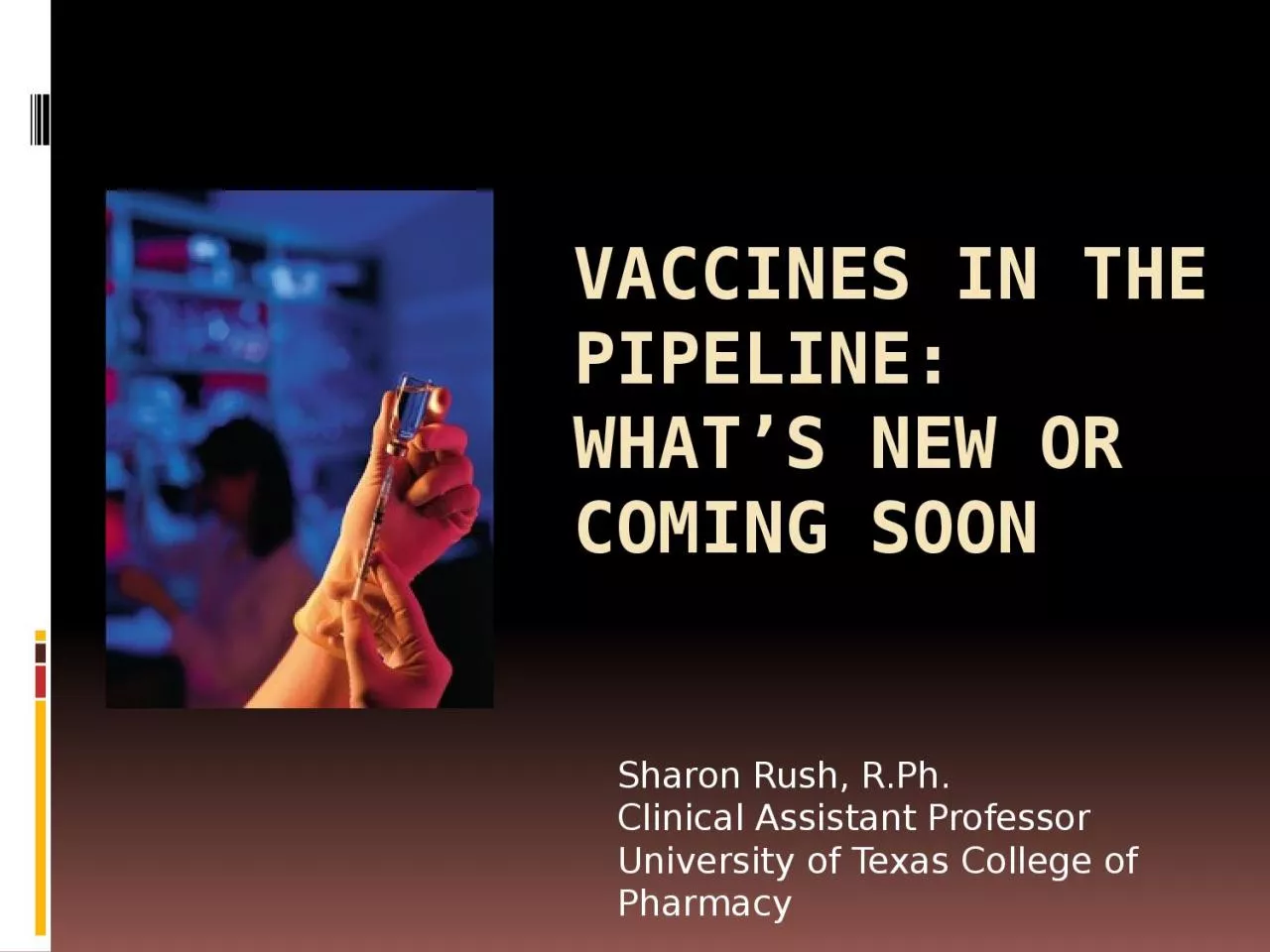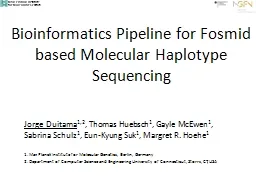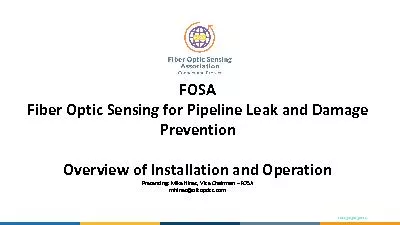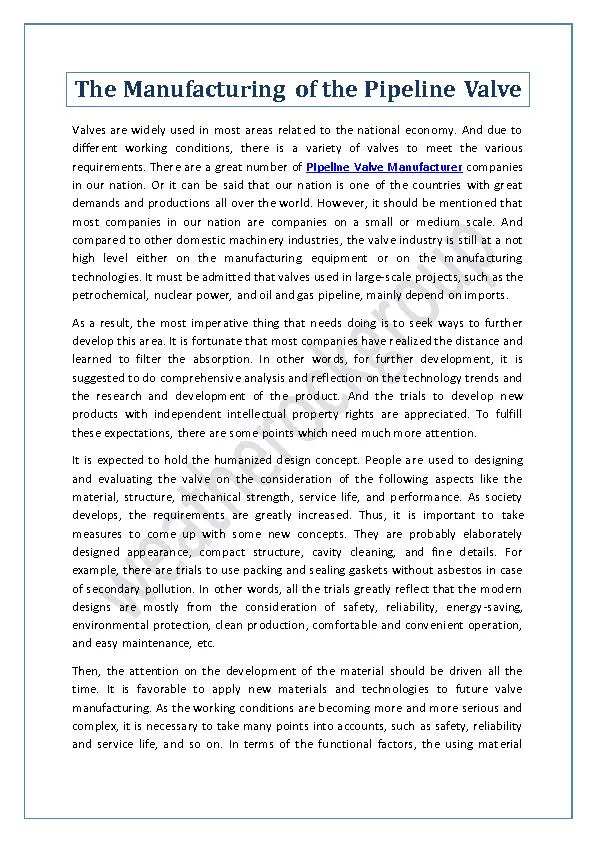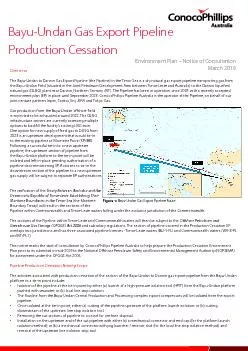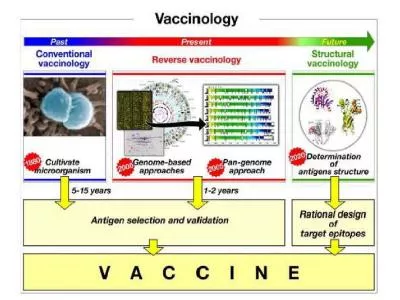PPT-Vaccines in the Pipeline:
Author : emma | Published Date : 2023-11-22
Whats New or Coming Soon Sharon Rush RPh Clinical Assistant Professor University of Texas College of Pharmacy Objectives Review the effect of immunizations on
Presentation Embed Code
Download Presentation
Download Presentation The PPT/PDF document "Vaccines in the Pipeline:" is the property of its rightful owner. Permission is granted to download and print the materials on this website for personal, non-commercial use only, and to display it on your personal computer provided you do not modify the materials and that you retain all copyright notices contained in the materials. By downloading content from our website, you accept the terms of this agreement.
Vaccines in the Pipeline:: Transcript
Download Rules Of Document
"Vaccines in the Pipeline:"The content belongs to its owner. You may download and print it for personal use, without modification, and keep all copyright notices. By downloading, you agree to these terms.
Related Documents

